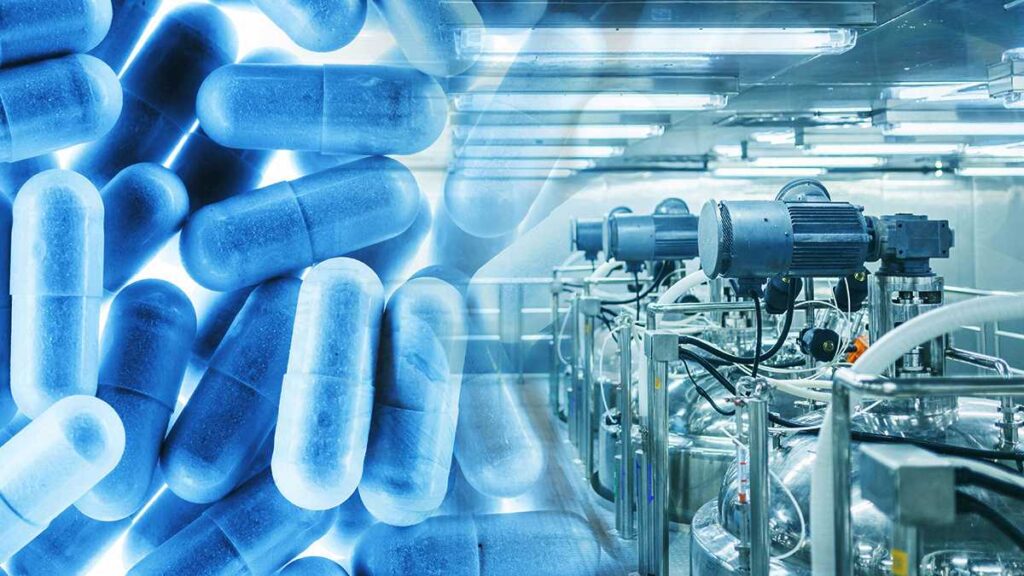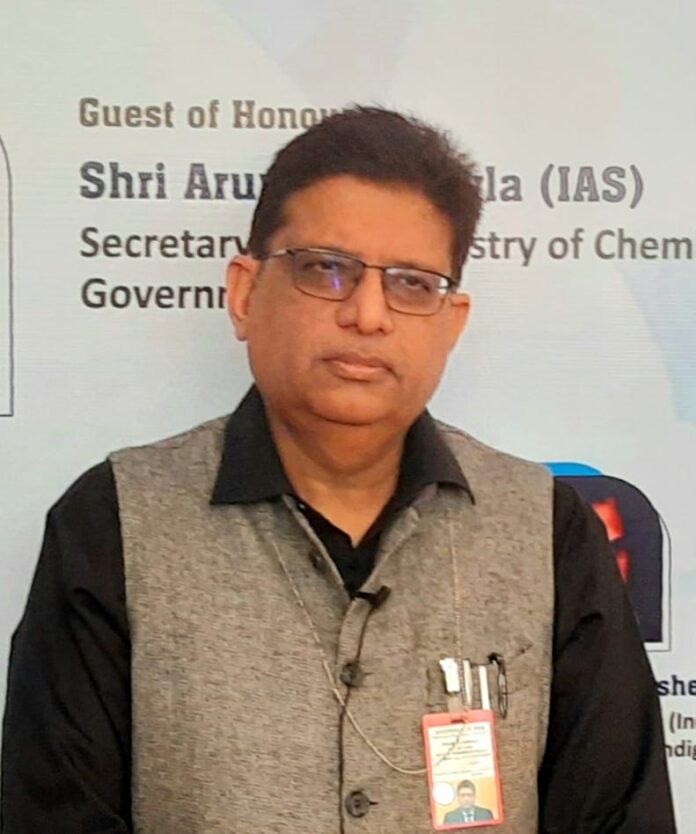The Indian pharmaceutical and medical device industry has emerged as a global leader, renowned for its cost-effective manufacturing capabilities and high-quality products. With a robust regulatory framework and skilled workforce, the sector has witnessed significant growth over the years.
In pharmaceuticals, India is a major supplier of generic medicines globally, supplying a significant portion of the world’s demand. The country’s strength lies in its vast pool of skilled scientists and engineers, as well as its adherence to international quality standards. Additionally, India has become a hub for contract research and manufacturing services (CRAMS), attracting investments from multinational pharmaceutical companies.
In the medical device industry, India has shown promising growth, driven by increasing healthcare spending, a growing population, and a rising demand for advanced healthcare solutions. The sector encompasses a wide range of products, including diagnostic equipment, implants, and surgical instruments. Indian medical device manufacturers are increasingly focusing on innovation and research to meet global standards and cater to diverse healthcare needs.
In a special interaction with The Interview World, Arunish Chawla, Secretary of the Department of Pharmaceuticals within the Ministry of Chemicals and Fertilizers, Government of India, provides valuable insights into India’s role in the global pharmaceutical industry. He emphasizes government initiatives aimed at enhancing research and innovation, as well as the promotion of domestic development of medical devices. Below are the key highlights from his interview.
Q: What factors contribute to India’s prominent position within the global pharmaceutical sector?
A: India has firmly established itself as a leader in the pharmaceutical sector, earning the well-deserved title of the “pharmacy of the world.” Supplying over 20% of generic medicines to more than 150 countries, India plays a significant role in global healthcare provision. Moreover, in the critical vaccines segment, India supplies 60% of the world’s vaccines, contributing substantially to global immunization efforts.
Notably, India boasts the largest number of US FDA-certified plants outside of the United States, as well as the highest number of WHO GMP-certified plants worldwide. This underscores India’s commitment to maintaining international quality standards in pharmaceutical production.
The industry reached a significant milestone recently, with 50% of its production being exported last year alone. This highlights the industry’s transition into an export-oriented sector. Consequently, the Indian pharmaceutical industry is now officially recognized as an export-oriented industry, further solidifying its global presence and significance.
Q: What specific initiatives has the government implemented to foster research and innovation?
A: We’ve introduced a groundbreaking initiative to drive research and innovation forward. Known as the Pharmaceutical Research and Innovation Program (PRIP) scheme, it offers incentives to the industry for advancing research, ideation, proof of concept, clinical trials, and commercialization of cutting-edge technologies. This scheme, valued at Rs. 5,000 crore over a 10-year period, provides a substantial opportunity for the industry to delve into groundbreaking pharmaceutical product development and cell therapy.
But the innovation doesn’t stop there. National Institute of Pharmaceutical Education & Research (NIPER), renowned for its academic prowess, produces highly skilled MTechs and MPharms who form the backbone of our industry. Collaborating with major pharmaceutical companies, these institutions have pioneered a new approach.
Termed a “dolphin tank” rather than a “shark tank” to emphasize collaboration over competition, this initiative fosters a supportive environment where startups, including recent graduates from NIPERs and young technocrats, can pitch their innovative ideas. NIPER Ahmedabad, in partnership with Pfizer, is spearheading this effort, providing support throughout the product development cycle for groundbreaking technologies.
Many of these technologies target specific disease incidences prevalent in our country. Unlike industries where market forces naturally drive innovation, healthcare, pharmaceuticals, and medical devices often lack viable business models for every innovation. In such cases, the government must step in, fostering networks and partnerships to bridge critical gaps in the industry.
Q: What strategies and initiatives is the government implementing to encourage the domestic production of medical devices, considering the significant reliance on imports in this sector?
A: Traditionally, we’ve heavily relied on importing Meditech equipment, which constitutes a significant portion of our medical device supplies, accounting for about 75% in our latest assessment. Halting these imports isn’t feasible nor advisable due to their crucial role in healthcare provision.
We aim to ensure our citizens receive top-notch healthcare, drawing from the best available resources globally. However, it’s imperative that we also nurture our domestic medical device industry, akin to our successful efforts in the pharmaceutical sector.
Just three years ago, this industry stood at $10-11 billion, but projections suggest it will surge to $30-40 billion by 2030, marking a remarkable 15% Compound Annual Growth Rate (CAGR). Clearly, this sector is burgeoning and holds immense potential, often regarded as the sunrise industry.
To capitalize on this growth trajectory, we’ve initiated various schemes like the PLI (Production Linked Incentive) scheme and the establishment of medical device parks. The momentum is evident as numerous greenfield medical device projects were recently launched across the country, encompassing a wide array of products such as CT scans, MRIs, cath labs, and more.
This initiative signals the beginning of a transformative journey towards self-reliance in medical device manufacturing, fostering innovation, and bolstering the ‘Make in India’ campaign while simultaneously catering to global demand.
While some specialized equipment like proton therapy machines may still necessitate importation due to their complexity and limited production locations worldwide, we must focus on manufacturing essential medical devices locally, not just for our own needs but also to serve international markets.
Q: How do you envision the growth of the Pharmaceutical and Meditech industry?
A: Recently, we analyzed the most recent industry survey, which typically lags by two years. The latest data we received was for the fiscal year 2021-22. We were delighted to discover that despite our Pharma and Meditech industry comprising only 3.5% of the total manufacturing output in the country, it contributes 7.5% in terms of gross value added. This means our industry’s value addition is nearly twice that of other sectors. Moreover, with our consistent double-digit growth, outpacing other manufacturing sectors, we anticipate significant expansion. By 2030 and beyond, there’s a possibility this sector could reach a sizeable 10% contribution to manufacturing.




I would like to thnkx for the efforts you’ve put in writing this blog. I am hoping the same high-grade website post from you in the upcoming as well. In fact your creative writing skills has inspired me to get my own blog now. Actually the blogging is spreading its wings fast. Your write up is a great example of it.
Very interesting details you have observed, thanks for posting.
Woh I like your posts, saved to my bookmarks! .
I am usually to running a blog and i actually appreciate your content. The article has really peaks my interest. I’m going to bookmark your site and preserve checking for new information.
I love the efforts you have put in this, thankyou for all the great blog posts.
Hola! I’ve been reading your blog for some time now and finally got the bravery to go ahead and give you a shout out from Houston Texas! Just wanted to say keep up the excellent job!
Hiya! I just want to give an enormous thumbs up for the good data you might have here on this post. I might be coming back to your weblog for more soon.
Wow that was unusual. I just wrote an incredibly long comment but after I clicked submit my comment didn’t appear. Grrrr… well I’m not writing all that over again. Regardless, just wanted to say excellent blog!
Nice read, I just passed this onto a colleague who was doing a little research on that. And he actually bought me lunch since I found it for him smile Therefore let me rephrase that: Thank you for lunch!
Outstanding post, you have pointed out some great details , I likewise conceive this s a very superb website.
I believe you have noted some very interesting points, appreciate it for the post.
I loved up to you will obtain carried out proper here. The cartoon is attractive, your authored subject matter stylish. nonetheless, you command get got an edginess over that you want be handing over the following. unwell undoubtedly come further before again since exactly the similar nearly a lot often within case you shield this increase.